Section Stuck, How To Get Out?
-
Forum Statistics
352.5k
Total Topics4.6m
Total Posts -
Member Statistics
125,593
Total Members2,522
Most OnlineNewest Member
NordicPyro
Joined -
Images
-
Albums
-
Misfit’s 6th Album
- By Misfit,
- 3
-
Ink
- By Penguincollector,
- 0
- 2
- 14
-
Extra Fine Nib Ink Reviews (17 of n)
- By LizEF,
- 0
- 35
- 35
-
Shades of colour
- By A Smug Dill,
- 17
- 33
-
Pen Pics 2
- By K Singh,
- 0
- 0
- 44
-

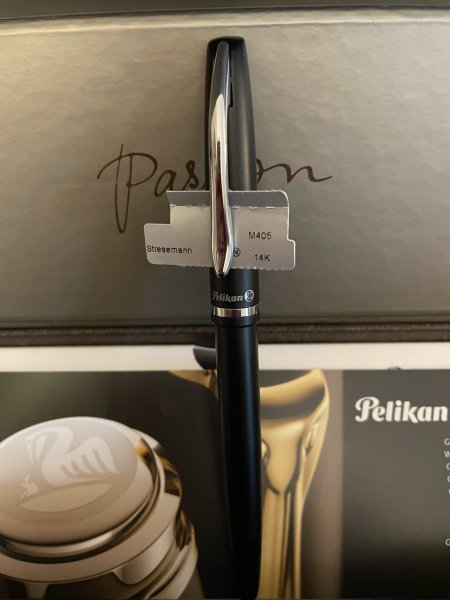
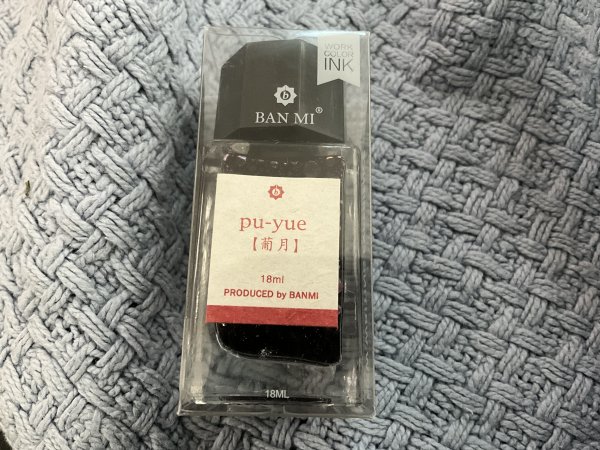

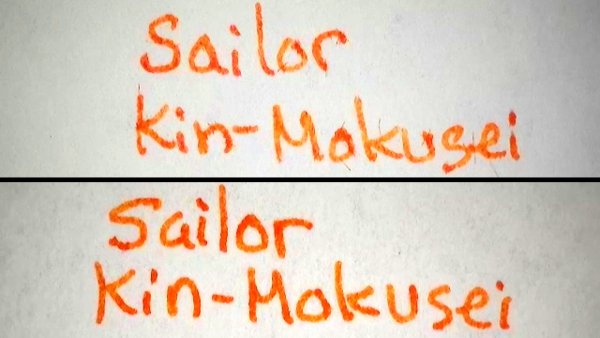
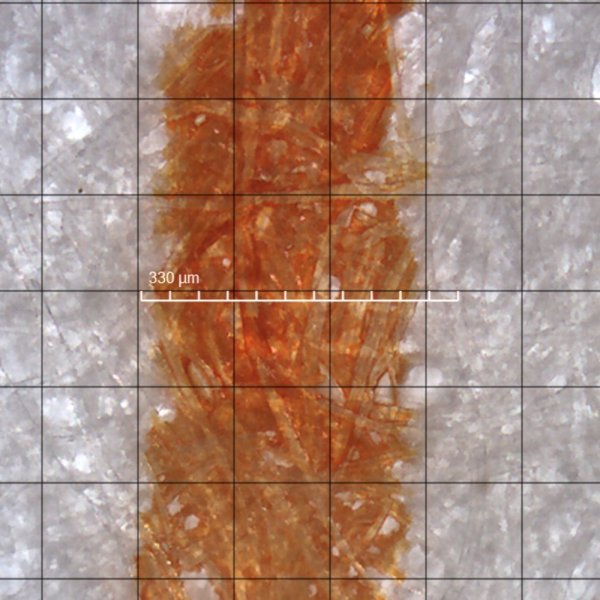
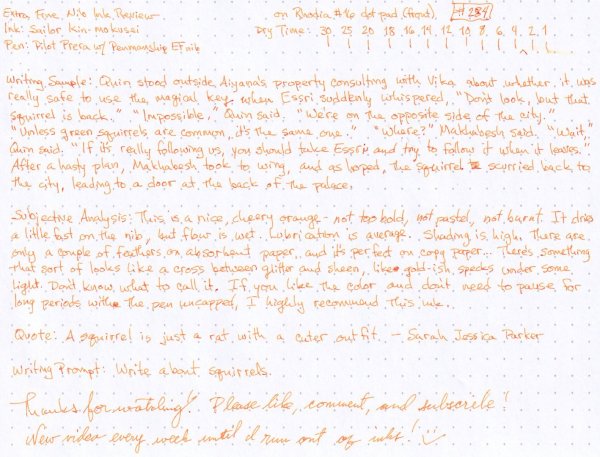

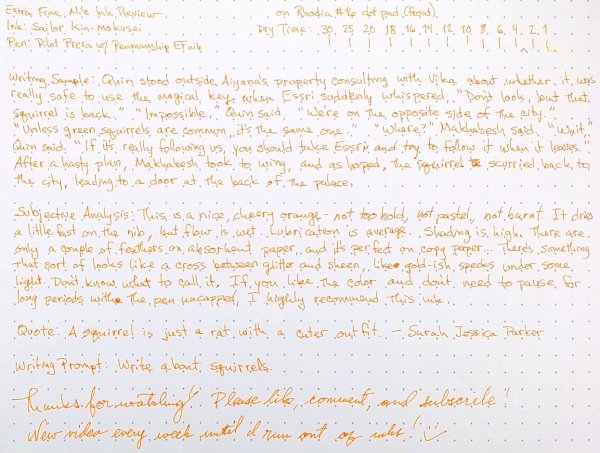
gradientinks2020-2021.jpg.d4c2cb5742cd5253f606a6b122d076dd.jpg)
gradientinks2022-2023.jpg.712f9b1317ee7f56b8e0dcdb5a52c652.jpg)
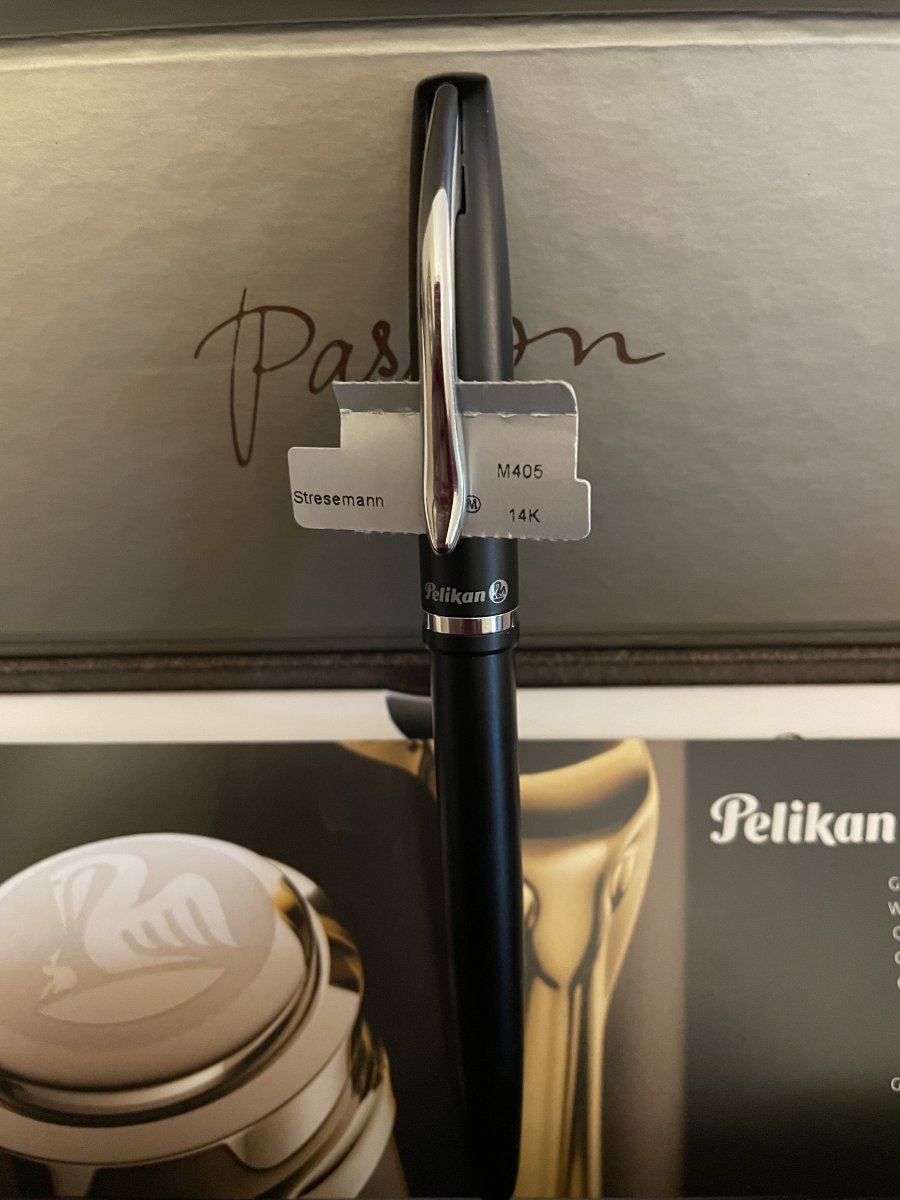
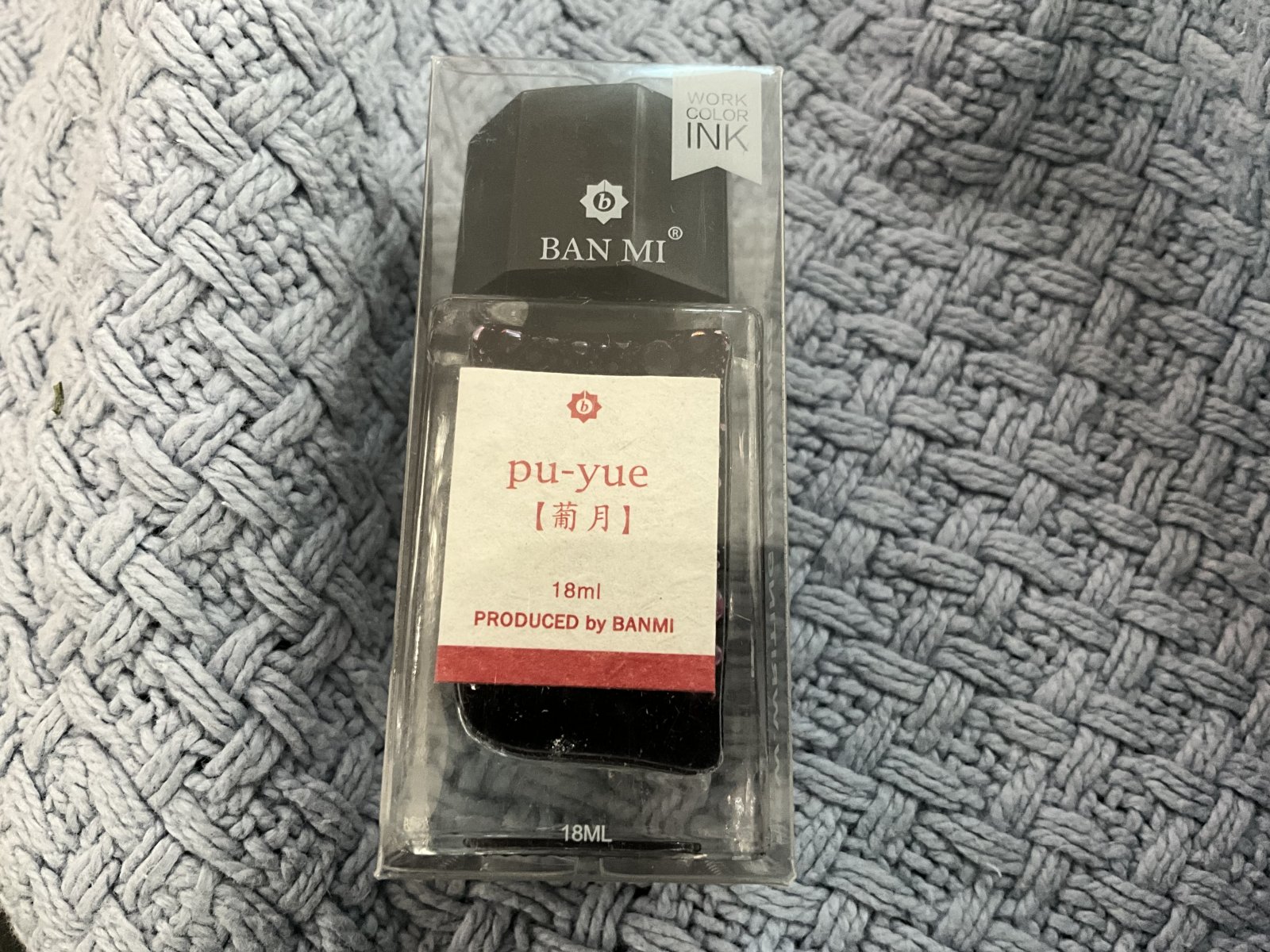
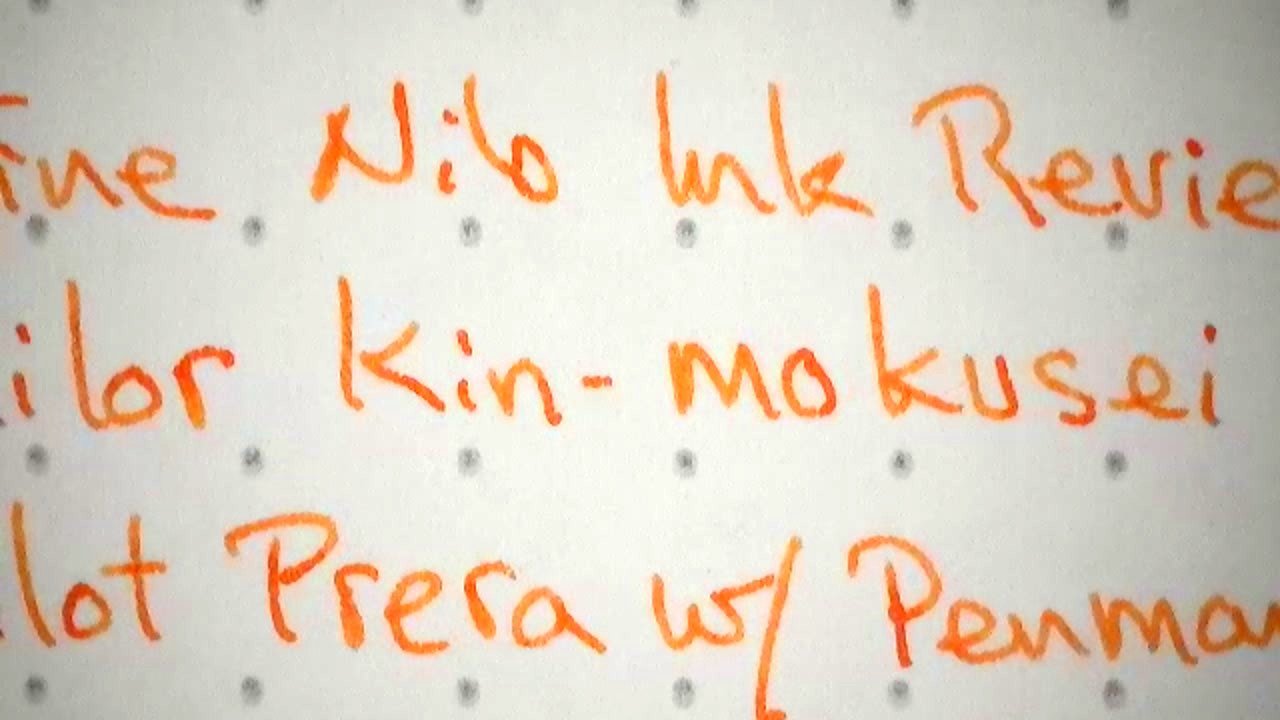
gradientinks2020-2021.jpg.7645354f9fc0293d403bec789d73693a.jpg)
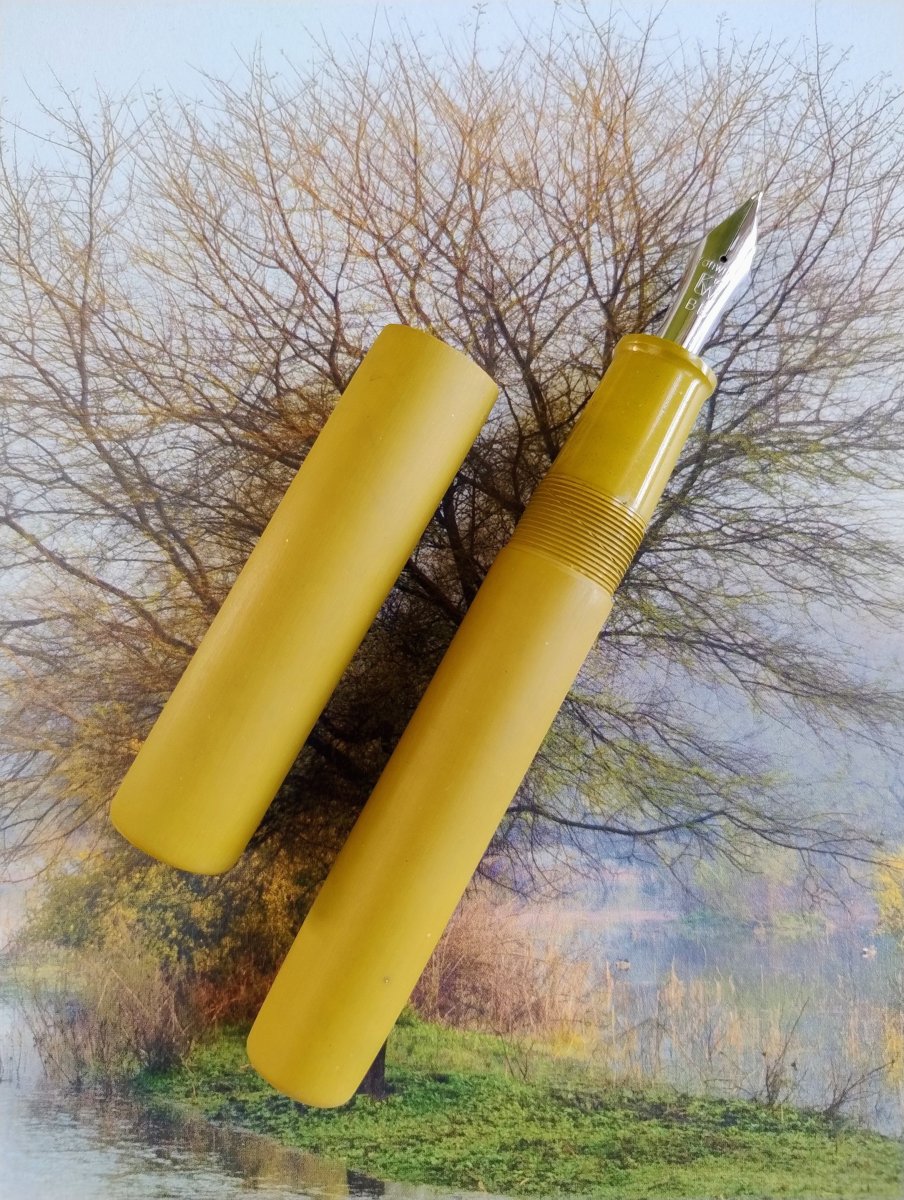

.thumb.jpg.f07fa8de82f3c2bce9737ae64fbca314.jpg)




desaturated.thumb.gif.5cb70ef1e977aa313d11eea3616aba7d.gif)





Recommended Posts
Create an account or sign in to comment
You need to be a member in order to leave a comment
Create an account
Sign up for a new account in our community. It's easy!
Register a new accountSign in
Already have an account? Sign in here.
Sign In Now